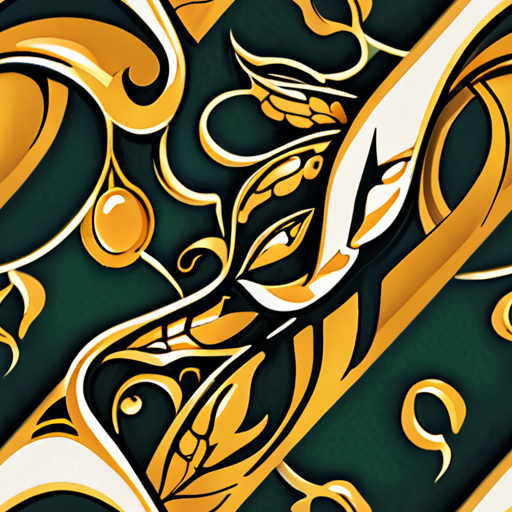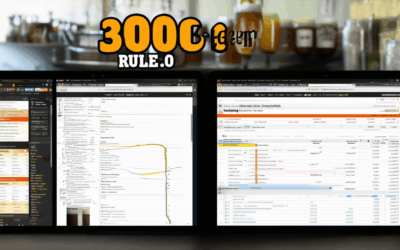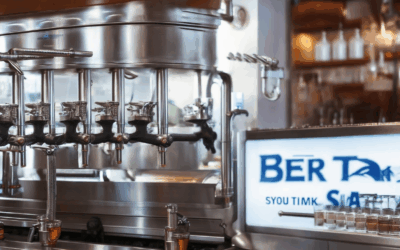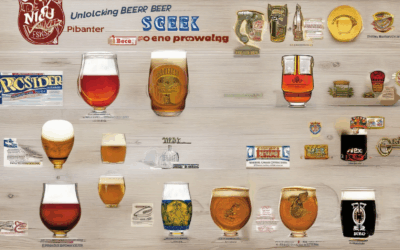In the ever-evolving world of beverages, few industries demand as much creativity and strategy as brewing. Beer branding stands out as a pivotal aspect of a brewery’s identity, playing a crucial role in capturing consumer attention and building loyalty. With countless breweries vying for shelf space and drinker preferences, crafting a standout beer brand requires meticulous planning, cultural resonance, and a deep understanding of market dynamics. This guide delves into the multifaceted landscape of beer branding, exploring everything from cost considerations and popular brands to retail strategies and future trends. Whether you’re an aspiring brewmaster or a marketing enthusiast, this exploration of beer branding will provide valuable insights into creating a memorable and marketable brand.

How Much Does It Cost to Start a Beer Brand?
Starting a beer brand involves several factors contributing to the overall cost. Here’s a breakdown:
- Land and Building:** $150,000 – $500,000 (depending on location and size)
- Equipment Installation:** $200,000 – $800,000 (includes tanks, kettles, and machinery)
- Licenses and Permits:** $10,000 – $50,000 (includes liquor license, health permit, and other regulatory fees)
- Initial Inventory:** $30,000 – $100,000 (first batch of 300+ barrels)
- Marketing and Branding:** $10,000 – $50,000 (brand development, website, and promotional materials)
- Legal Fees:** $5,000 – $25,000 (licensing, contracts, and trademarks)
For cost-saving options, consider starting small with a microbrewery, ranging from $250,000 to $500,000. Larger breweries may cost between $1 million to $5 million, while regional breweries can exceed $5 million.
Visit The Goods On Tap for detailed brewery startup guides and resources.
The Most Popular Beer Brands
When considering the most popular beer brands globally, several stand out due to their widespread recognition and market presence:
- Budweiser – A global icon, Budweiser is known for its iconic “King of Beers” status and extensive distribution network.
- Miller – A leading brand in the United States, Miller is recognized for its smooth taste and broad appeal.
- Coors – Renowned for its Rocky Mountain heritage, Coors is a favorite choice for many American consumers.
- Heineken – A premium brand with a strong international presence, Heineken is celebrated for its consistent quality and lager beers.
- Anheuser-Busch InBev – This conglomerate owns several popular brands, including Budweiser and Stella Artois, making it a dominant force in the industry.
- Carling – A prominent brand in the United Kingdom, Carling holds significant market share among British consumers.
- Fosters – Another major player in the UK, Fosters is known for its refreshing lagers and strong position in the market.
- Blue Moon – A popular craft beer brand in the United States, Blue Moon is recognized for its Belgian-style witbier.
- Kirin – A leading brand in Japan, Kirin is famous for its Ichiban and Lion King labels, which are highly sought after.
These brands have established themselves through a combination of marketing, distribution strength, and consumer preference. Their availability in multiple markets and diverse product offerings contribute to their popularity.
For more information on these beer brands and their products, visit [The Goods On Tap](https://thegoodsontap.com/)

Beer Markup Overview
The markup on beer can vary significantly based on several factors:
- Type of Beer: Craft beers typically have a higher markup due to production costs, unique ingredients, and limited supply. Mass-produced beers like Budweiser or Coors Light generally have a lower markup.
- Distribution Channel: Retailers purchasing directly from breweries may have a lower markup, whereas those relying on wholesalers or distributors often incur additional costs, increasing the final consumer price.
- Location: Areas with higher alcohol taxes, such as New York or California, tend to have higher markup rates. Transportation costs and local regulations can also drive up prices.
- Packaging and Serving Method: Draft beer may have a higher markup per glass due to keg costs and setup, despite initial lower purchase prices.
Examples of Markup Ranges:
– Bottled Beer:Approximately 20-60% markup over retail price.- Craft Beer:Around 25-45% markup.- Draft Beer:Can reach 50-70% markup, especially in bars or restaurants.
Overall, the markup rate depends on these variables, leading to a wide range of pricing strategies for retailers.

The Big Four Brewers
The term “Big Four Brewers” typically refers to the largest global breweries in the beverage industry. These companies dominate the market due to their extensive distribution networks, brand recognition, and production capabilities. Below is a list of the most prominent among them:1. **Anheuser-Busch InBev**: – One of the largest brewers globally, owning iconic brands like Budweiser, Stella Artois, and Michelob Ultra. – Headquartered in Leuven, Belgium, with operations spanning six continents. 2. **Heineken**: – A renowned Dutch brewing company known for its premium lager beers. – Operates in over 170 countries and is recognized for its consistent product quality and marketing strategies. 3. **Carlsberg**: – A major European brewer with a strong presence in Northern Europe and expanding internationally. – Known for its flagship brand, Carlsberg Lager, and a commitment to sustainability in brewing. 4. **Asahi Breweries**: – Based in Japan, Asahi is a leading brewer with significant presence in Asia and beyond. – Renowned for its Asahi Super Dry beer, which holds a strong market share in Japan and other Asian markets. These companies collectively represent the largest share of the global beer market, driving innovation and setting standards in the industry.
Top Beer Companies in the US
The “Big 3” beer companies in the US are Anheuser-Busch InBev, MillerCoors, and Pabst Brewing Company.
- Anheuser-Busch InBev: Known for its iconic Budweiser and Bud Light brands, Anheuser-Busch InBev is one of the largest brewers in the world. The company has a strong presence in the US market and is recognized for its extensive distribution network and marketing efforts.
- MillerCoors: A leading brewer in the US, MillerCoors owns well-known brands like Coors Light and Miller Lite. The company has a significant market share due to its emphasis on premium and light beers.
- Pabst Brewing Company: With a rich history dating back to 1844, Pabst Brewing Company operates several breweries across the US. Its portfolio includes popular brands like Blue Moon Belgian White Ale and Stroh’s Beer, making it a notable player in the industry.
These companies collectively dominate the US beer market, contributing significantly to the industry’s revenue and market share.

Who Owns Pabst Blue Ribbon?
Pabst Blue Ribbon (PBR) is owned by Anheuser-Busch InBev, a global beverage company headquartered in Leuven, Belgium. Here’s a breakdown of its ownership history:
- The brand was founded by August Pabst in the late 19th century.
- After August’s death, the company was sold to Bass Brewers Limited in the 1960s.
- Bass Brewers was later acquired by Anheuser-Busch InBev in 2002.
Anheuser-Busch InBev is one of the largest brewers in the world, owning numerous well-known beer brands, including Budweiser, Stella Artois, and others.




0 Comments